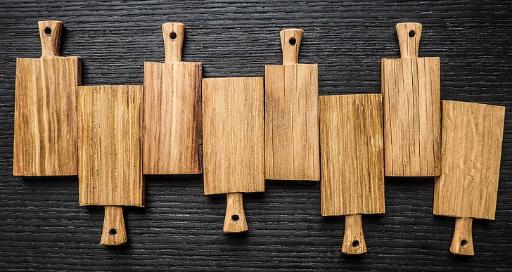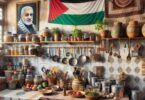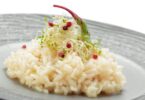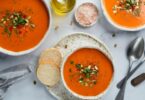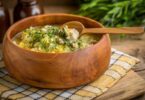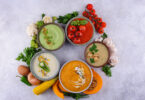Cutting boards are essential for any kitchen, but did you know they come in different materials, shapes, and sizes? In this post, I’ll tell you about some of the most popular types of cutting boards and how they came to be. Let’s get started!
Walnut Cutting Board
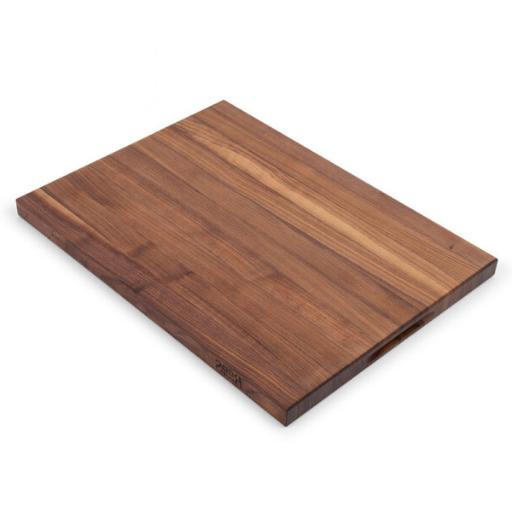
Walnut is a hardwood that has a rich and dark color, making it a beautiful choice for cutting boards. Walnut is also durable and resistant to bacteria, which is essential for food safety. Walnut cutting board is often made with end grain or edge grain construction, which gives them a checkered or striped look. End grain boards are more gentle on knives and can self-heal from small cuts, while edge grain boards are more stable and less prone to warping.
Walnut is a native wood to North America and has been used for centuries for furniture, flooring, and decorative art. Walnut is also prized for its flavor and nutrition, as walnuts are rich in omega-3 fatty acids and antioxidants. Walnut cutting board can add a touch of elegance and warmth to your kitchen, as well as a delicious nutty aroma
Epoxy Cutting Board
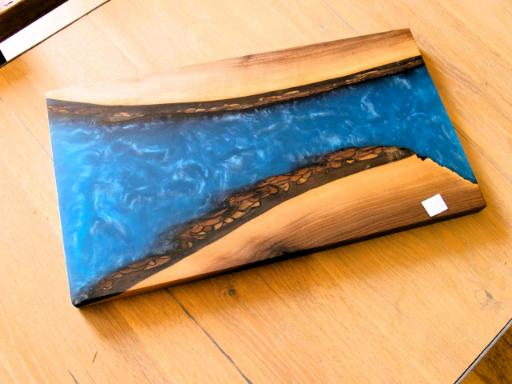
Epoxy is a type of resin that can be mixed with different colors and materials to create stunning effects. Epoxy cutting board is made by pouring epoxy over a wooden base, such as bamboo or acacia, and then curing it until it hardens. Epoxy cutting board can have various designs, such as ocean waves, marble patterns, or glitter. Epoxy cutting board is also waterproof, easy to clean, and durable.
Epoxy is a synthetic material invented in the 1930s and has many industrial, medical, and artistic applications. Epoxy is often used as a coating, adhesive, or filler for various materials, such as metal, wood, or plastic. Epoxy cutting board is a modern and creative way to add some color and personality to your kitchen
Acrylic Cutting Board
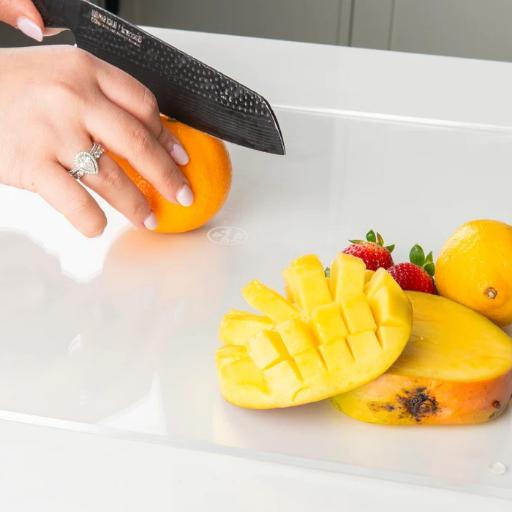
Acrylic is a type of plastic that is clear, lightweight, and shatter-resistant. Acrylic cutting board is made by cutting and shaping acrylic sheets into various sizes and shapes. Acrylic cutting board is easy to store, dishwasher-safe, and affordable. Acrylic cutting board is also non-porous, which means they don’t absorb liquids, odors, or stains.
Acrylic is a versatile material first developed in the 1920s and has many uses in the optical, architectural, and artistic fields. Acrylic is often used as a substitute for glass, as it is more durable and flexible. Acrylic cutting board is a simple and practical option for your kitchen, especially if you want a clear and transparent surface
Maple Cutting Board
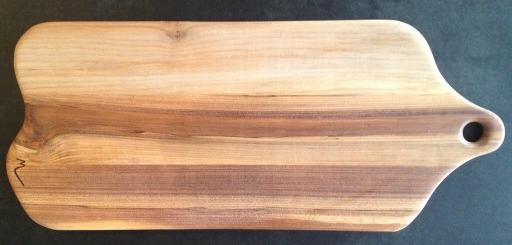
Maple is a light and smooth hardwood, making it a classic choice for cutting boards. Maple is also solid and antibacterial, which is essential for cutting boards. Maple cutting board is often made with straight or natural grain construction, giving them a uniform or natural look. Straight grain boards are more consistent and less likely to crack, while natural grain boards are more unique and rustic.
Maple is a common wood that grows in North America and is a reliable and renewable resource. Maple is also famous for its sap, which can be boiled into maple syrup, a delicious and healthy sweetener. Maple cutting board are a timeless and dependable option for your kitchen, as well as a reminder of the beauty and bounty of nature
Acacia Wood Cutting Board

Acacia is a hardwood that has a rich and varied color, making it a stunning choice for cutting boards. Acacia is also durable and resistant to water, decay, and rot, essential for cutting boards. Acacia wood cutting board is often made with end grain or edge grain construction, which gives them a checkered or striped look. Acacia wood cutting board is more gentle on knives and can self-heal from small cuts, while edge grain boards are more stable and less prone to warping.
Acacia is a diverse wood that grows in many world regions, such as Australia, Africa, and Asia. Acacia has over 1,300 species, some of which have medicinal, aromatic, or edible properties. Acacia is also a fast-growing and abundant wood that is not endangered. Acacia wood cutting board is a beautiful and sustainable option for your kitchen, as well as a way to appreciate the diversity and wonder of the world
Olive Wood Cutting Board

Olive wood is a warm and golden hardwood, making it a lovely choice for cutting boards. Olive wood is also complex and dense, which makes it suitable for cutting boards. Olive wood cutting board is often made with a natural edge or live edge construction, which gives them a curved or irregular shape. Natural edge boards are more organic and artistic, while live edge boards are more dramatic and rustic.
Olive wood is a precious wood from the olive tree, native to the Mediterranean region. Olive wood has a long and rich history, as it has been used for religious, cultural, and culinary purposes for thousands of years. Olive wood is also fragrant and oily, which gives it a natural water resistance and a pleasant smell. Olive wood cutting board is a charming and unique option for your kitchen, as well as a way to connect with the ancient and sacred traditions of the world
Conclusion
Cutting boards are more than just tools for cutting food. They are also expressions of your personality, style, and culture. Cutting boards come in different varieties, each with advantages, disadvantages, and origins. Whether you prefer walnut, epoxy, acrylic, maple, acacia, or olive, you can find the perfect one for your kitchen and needs. I hope you enjoyed this blog post and learned something new about cutting boards. Thank you for reading, and happy chopping!

